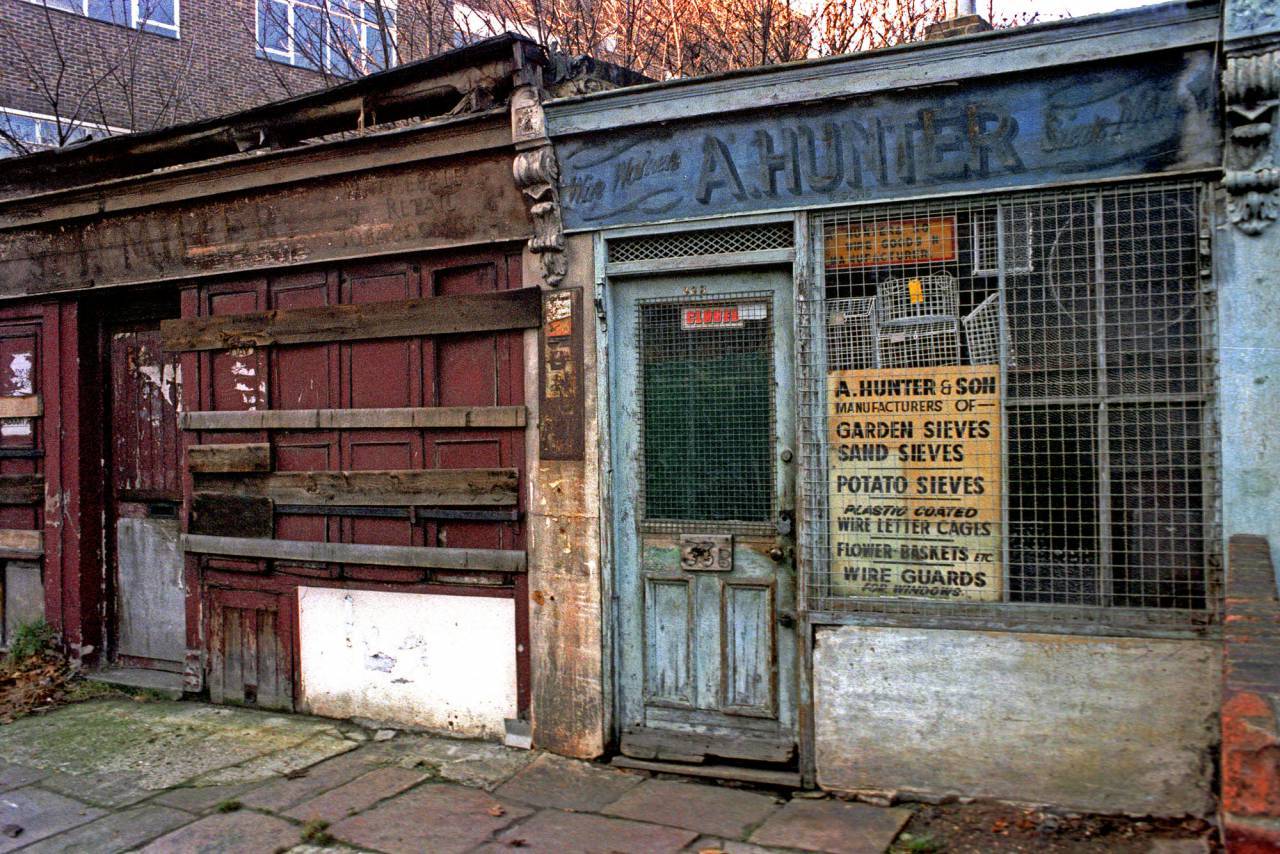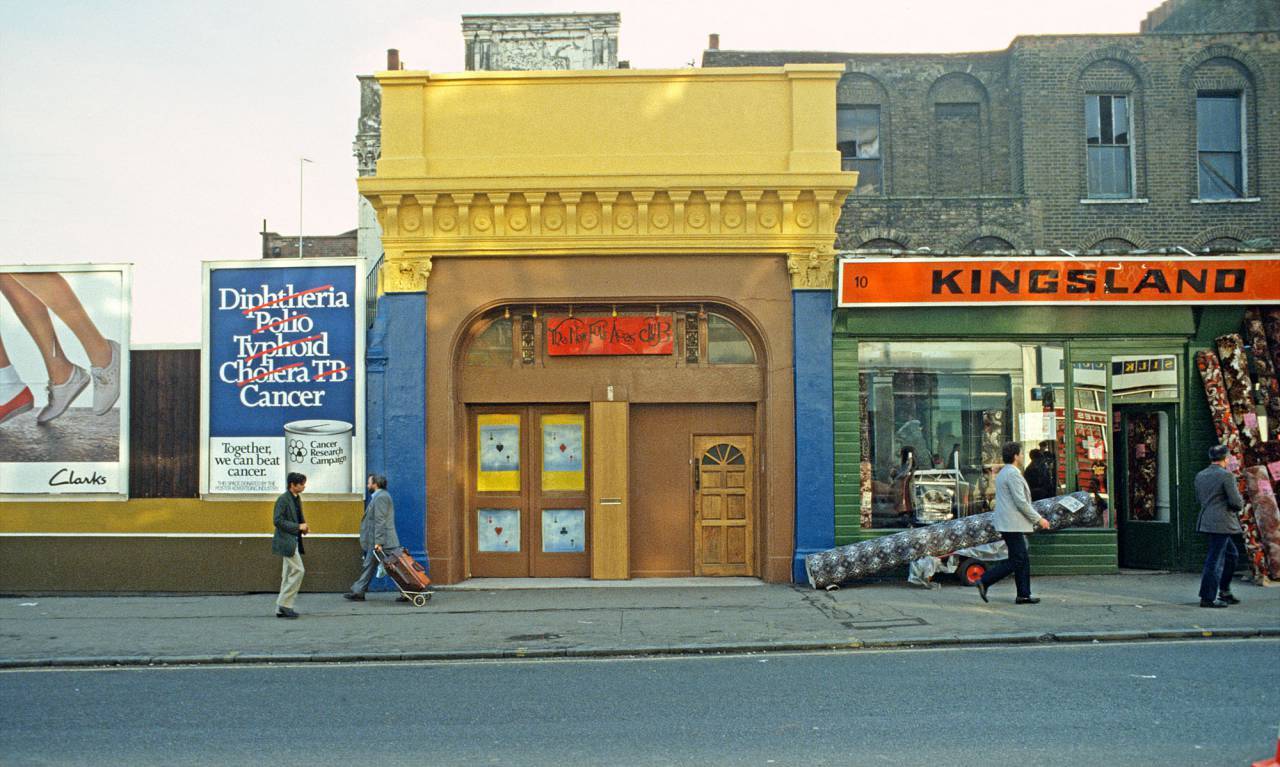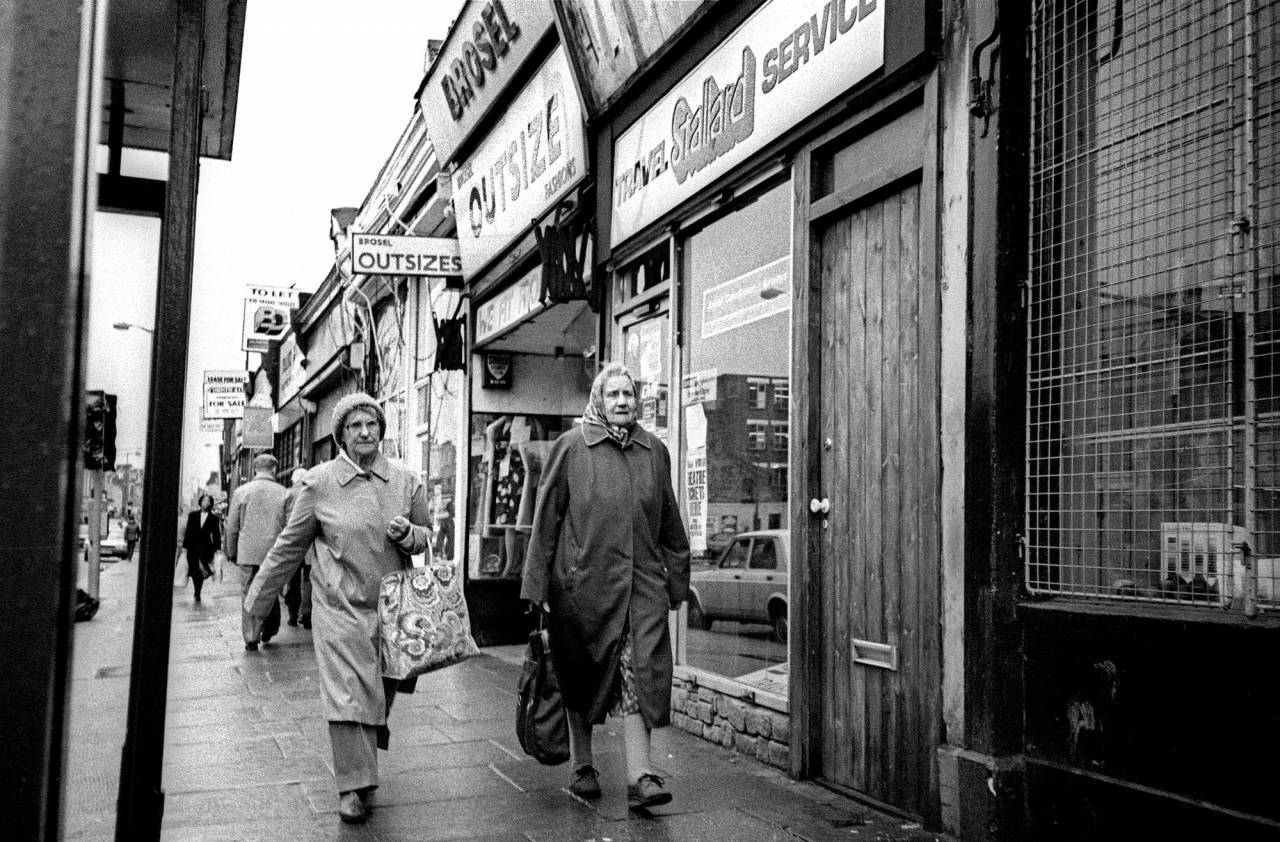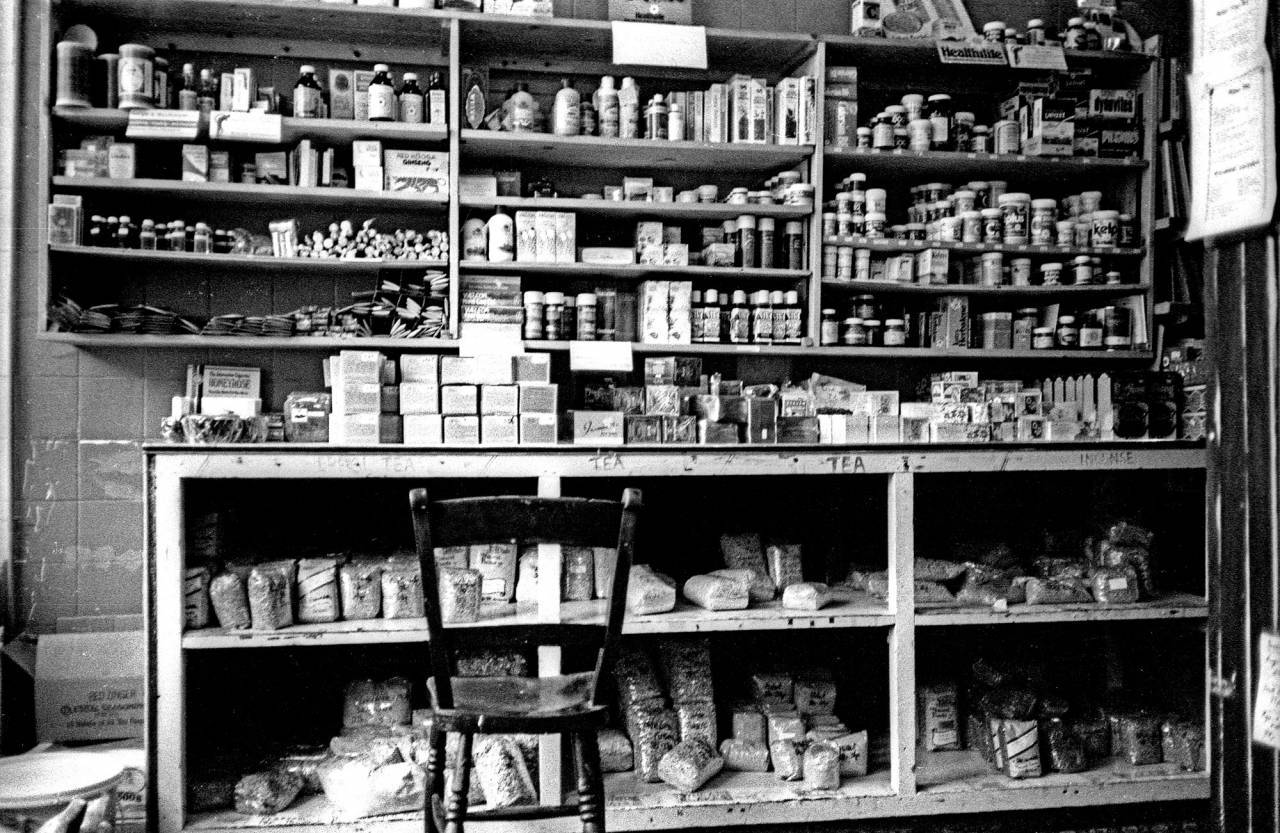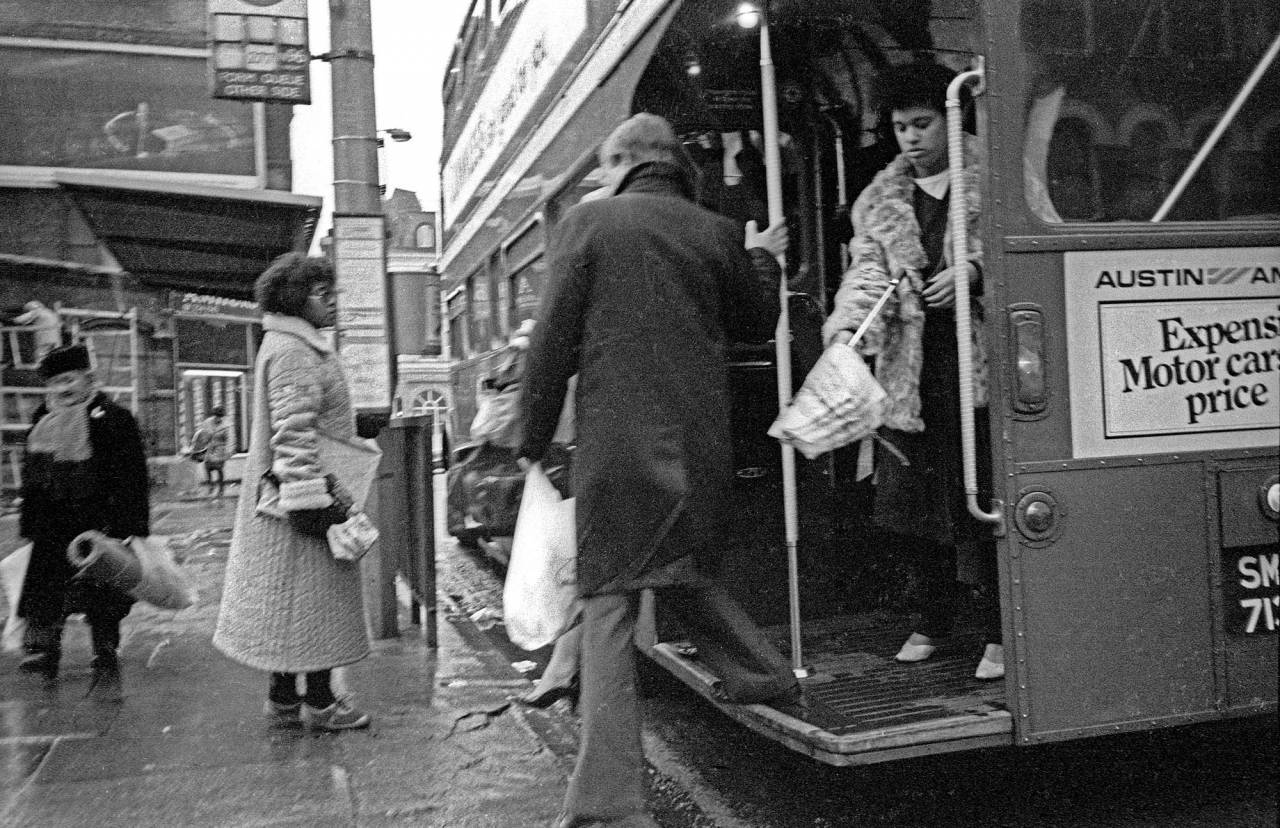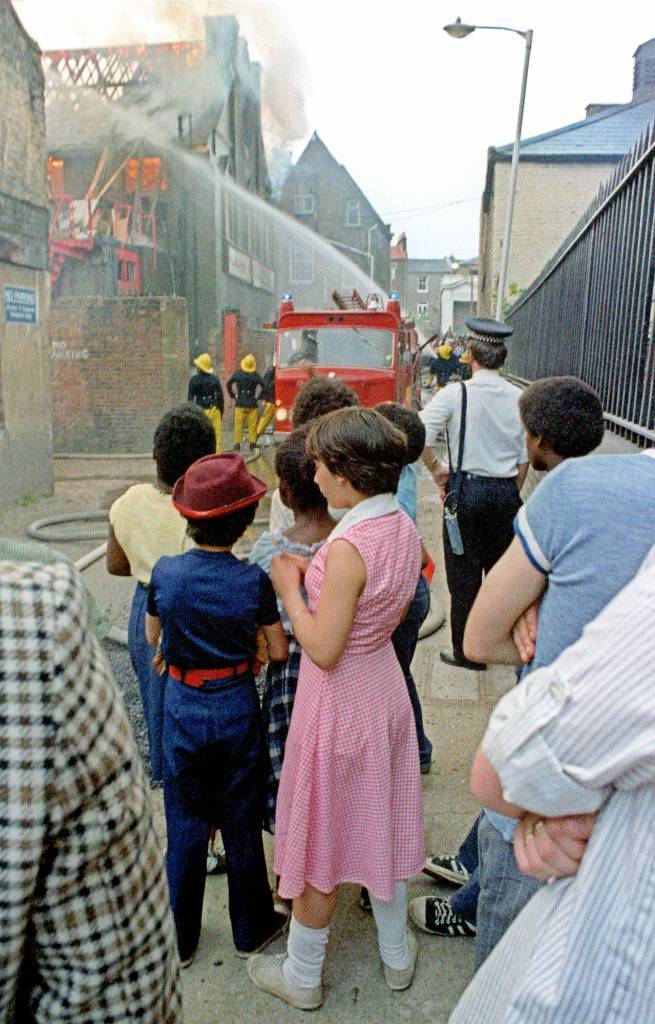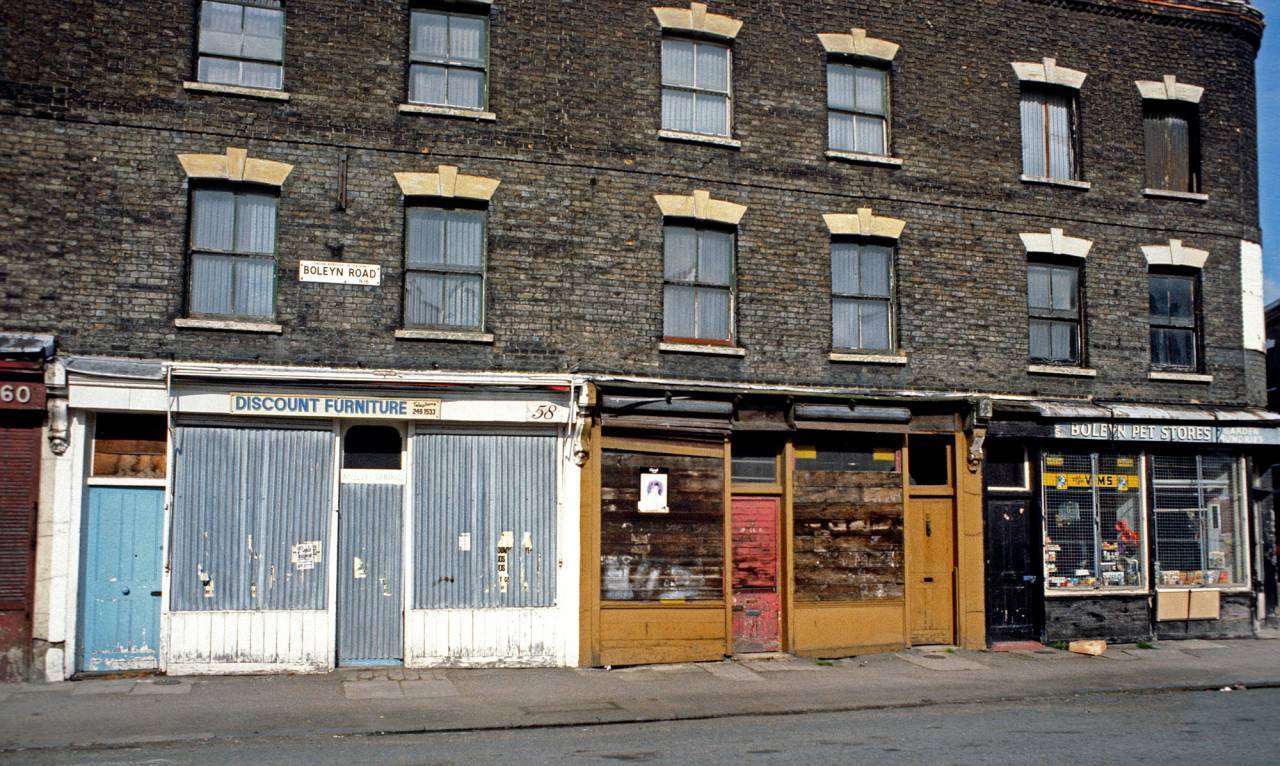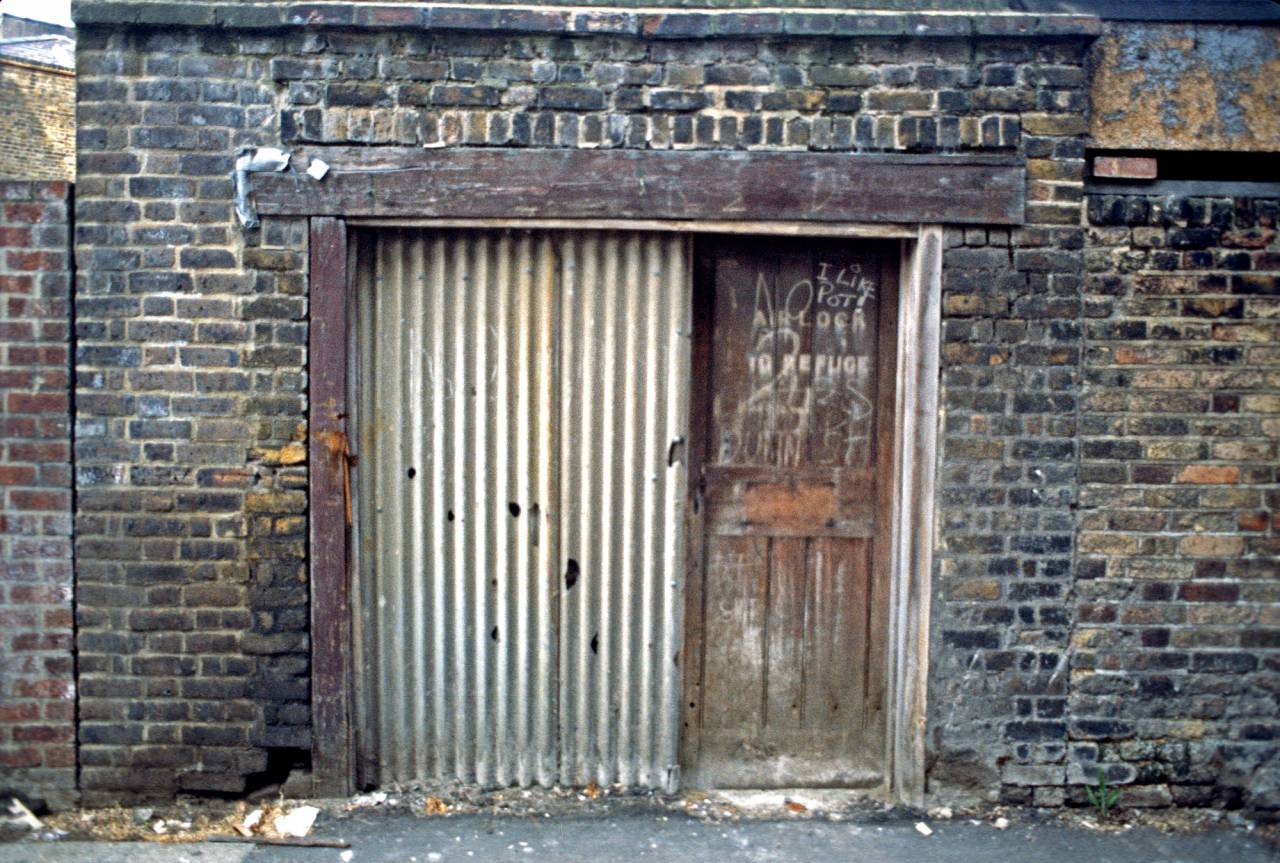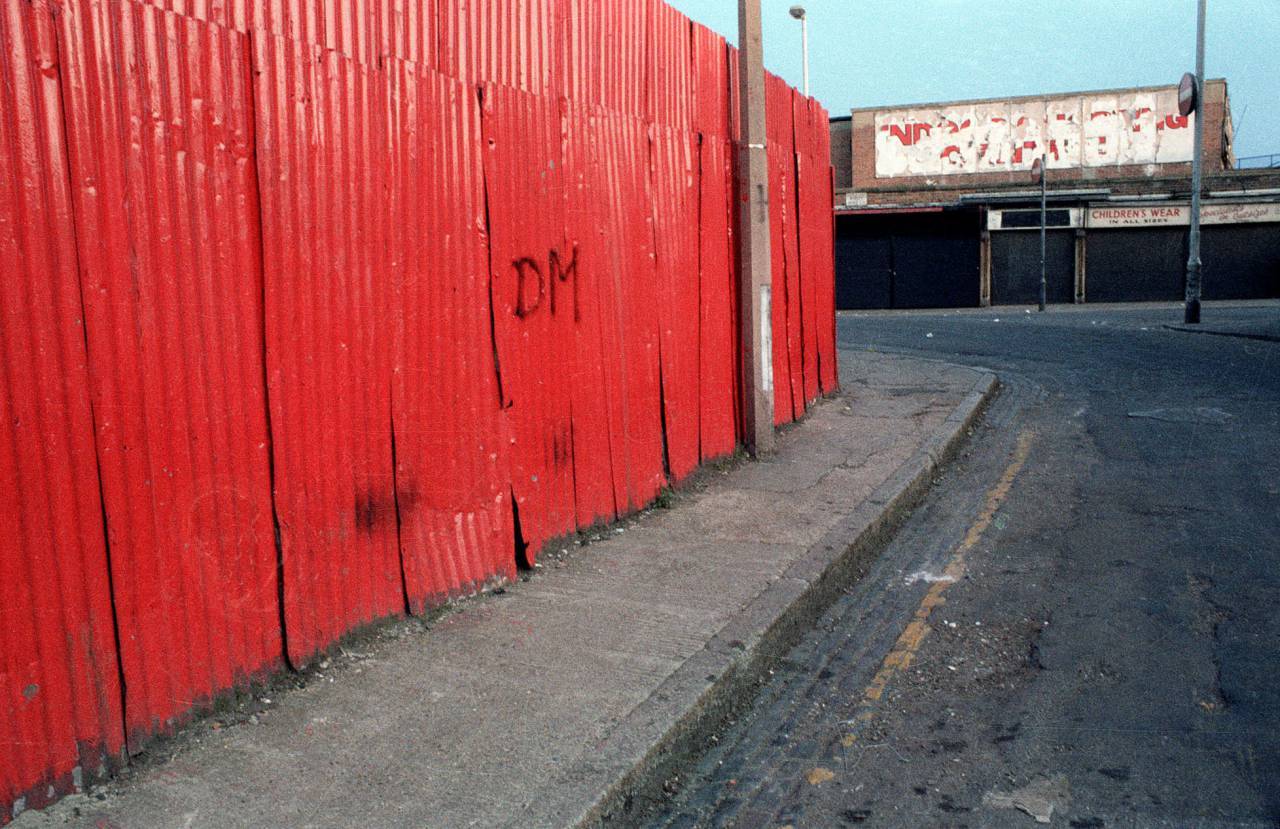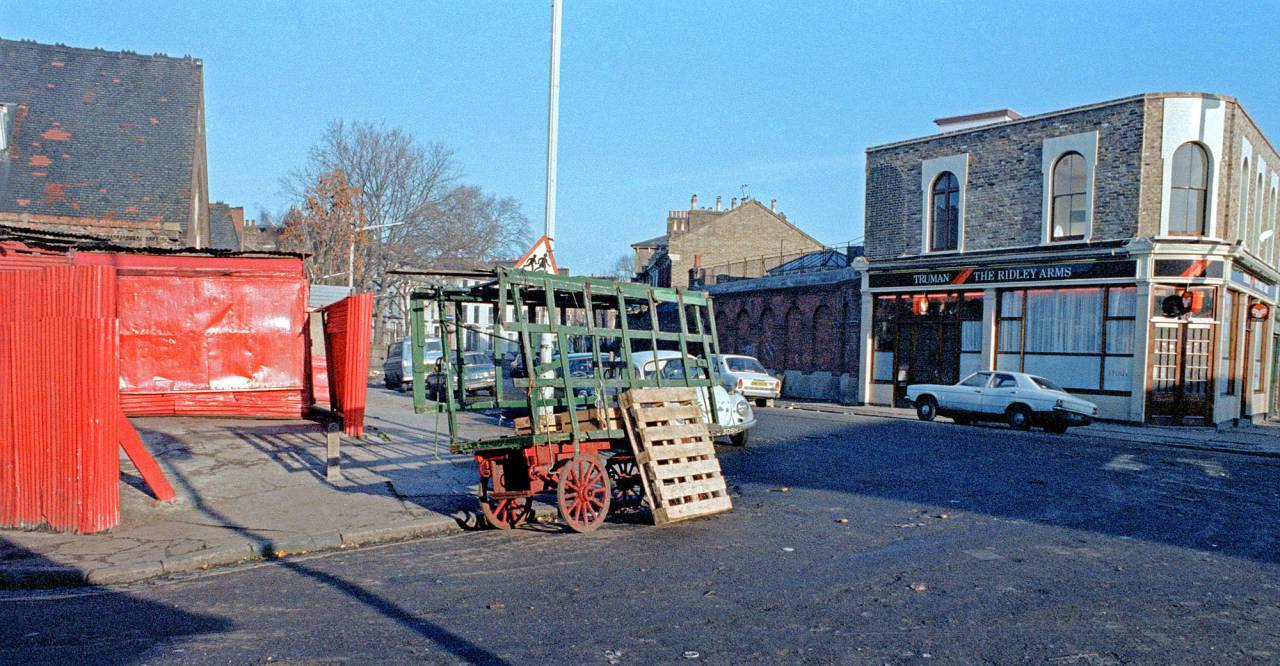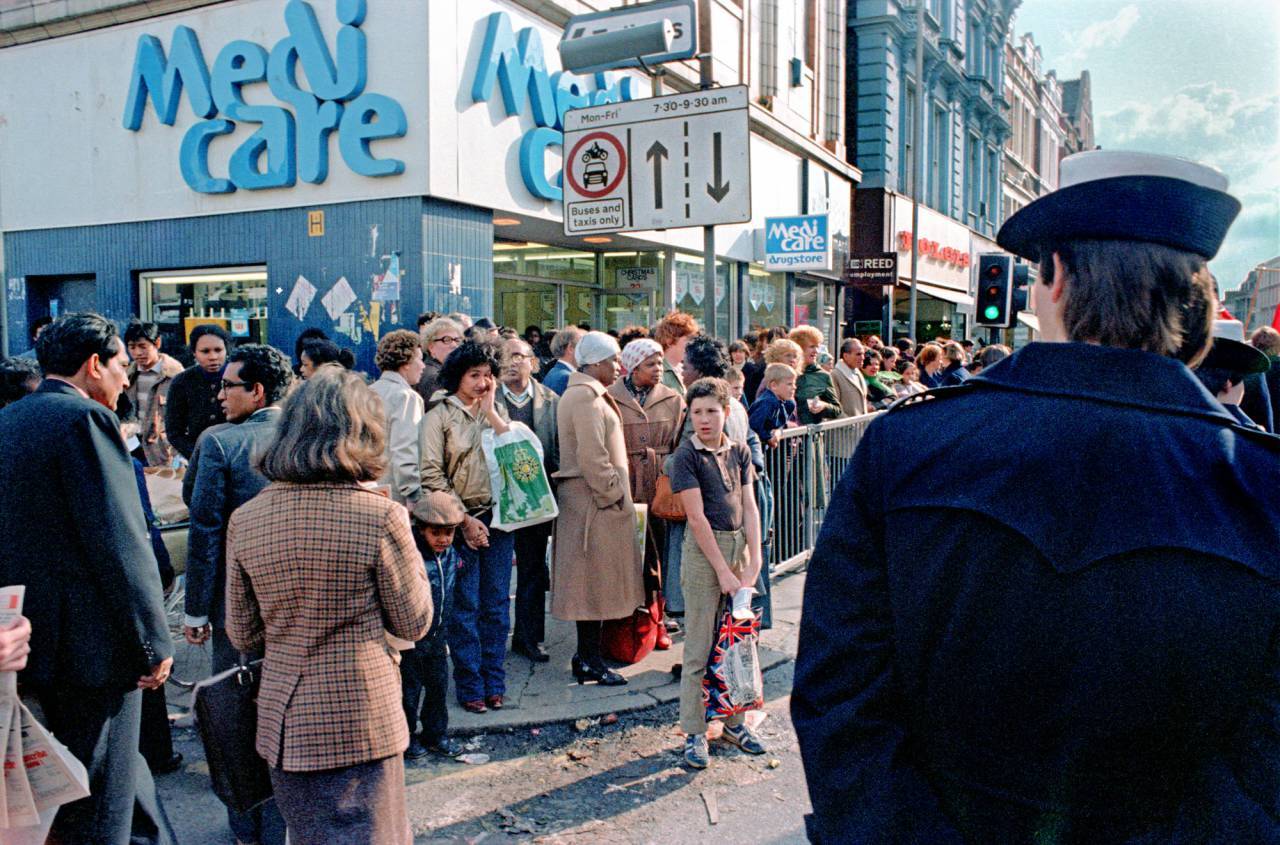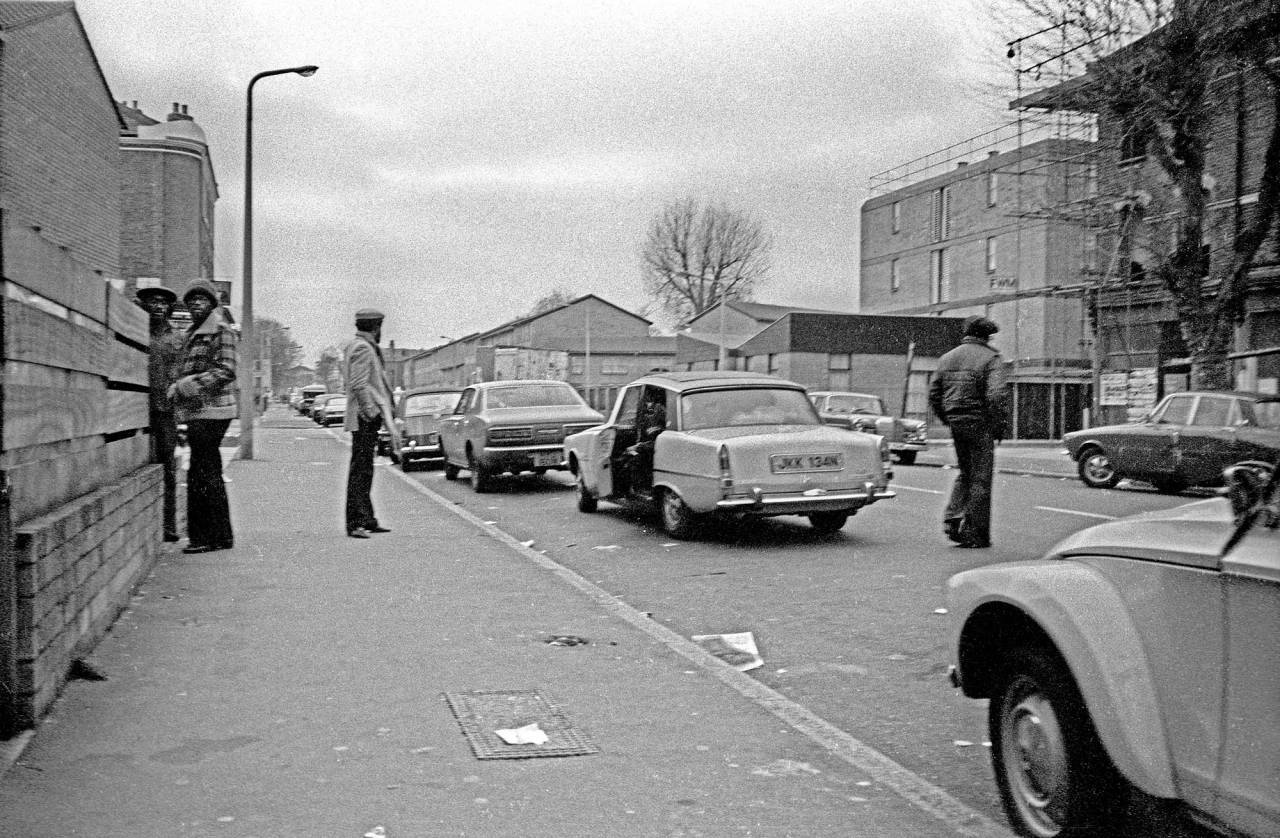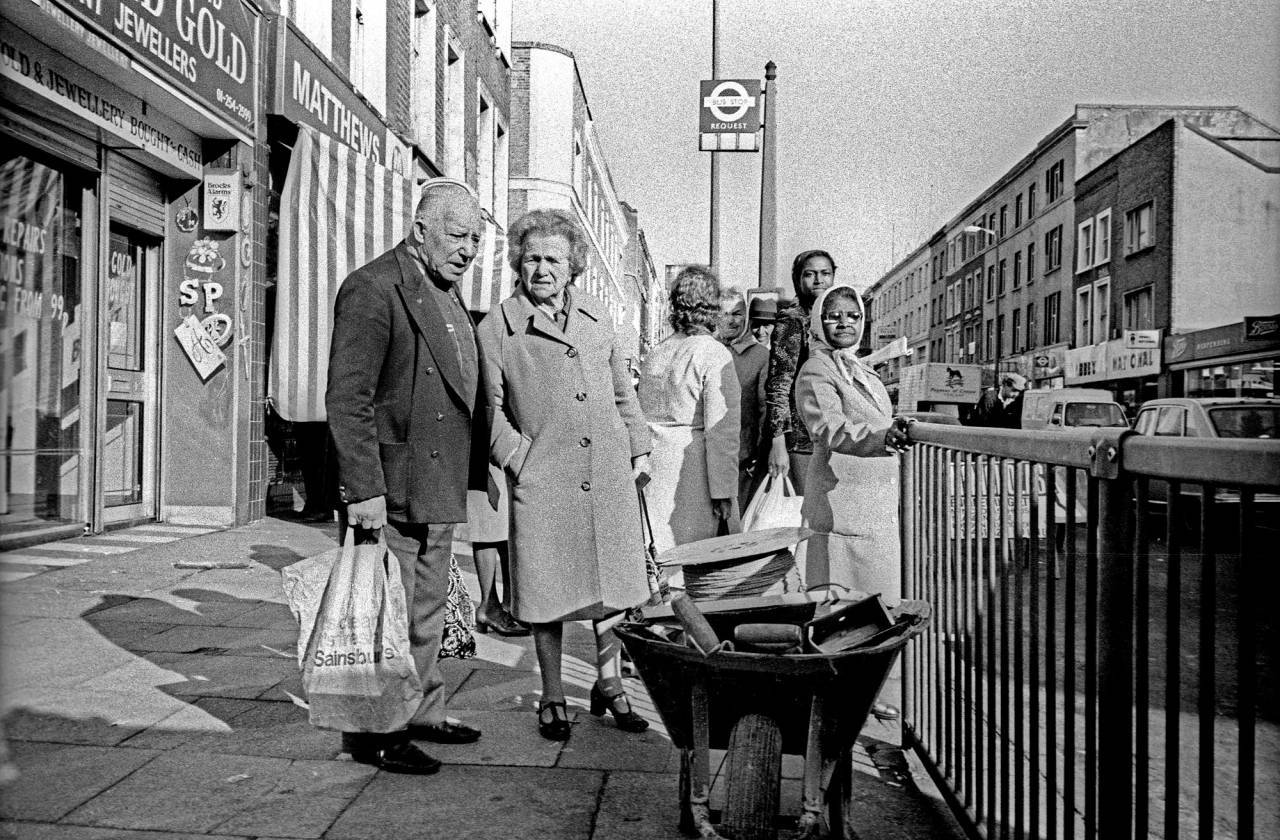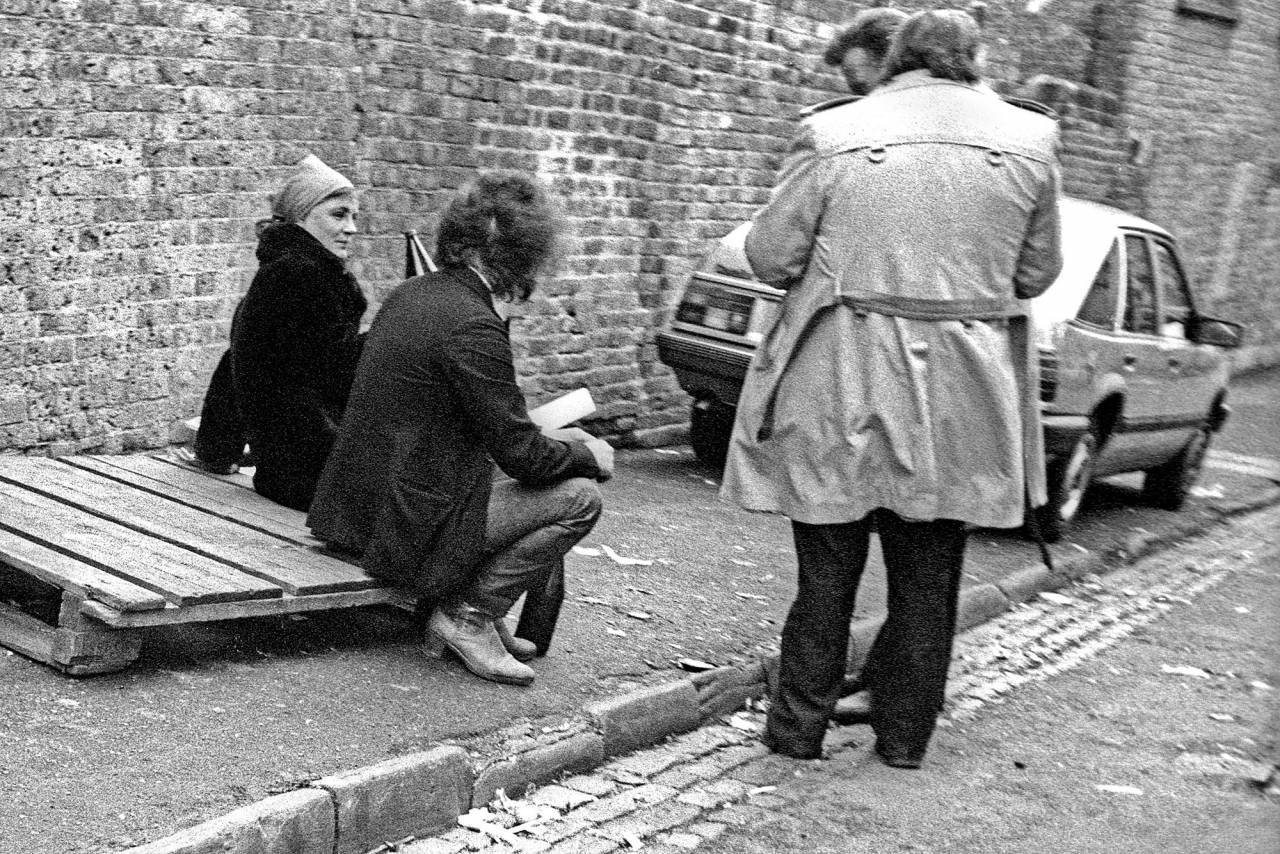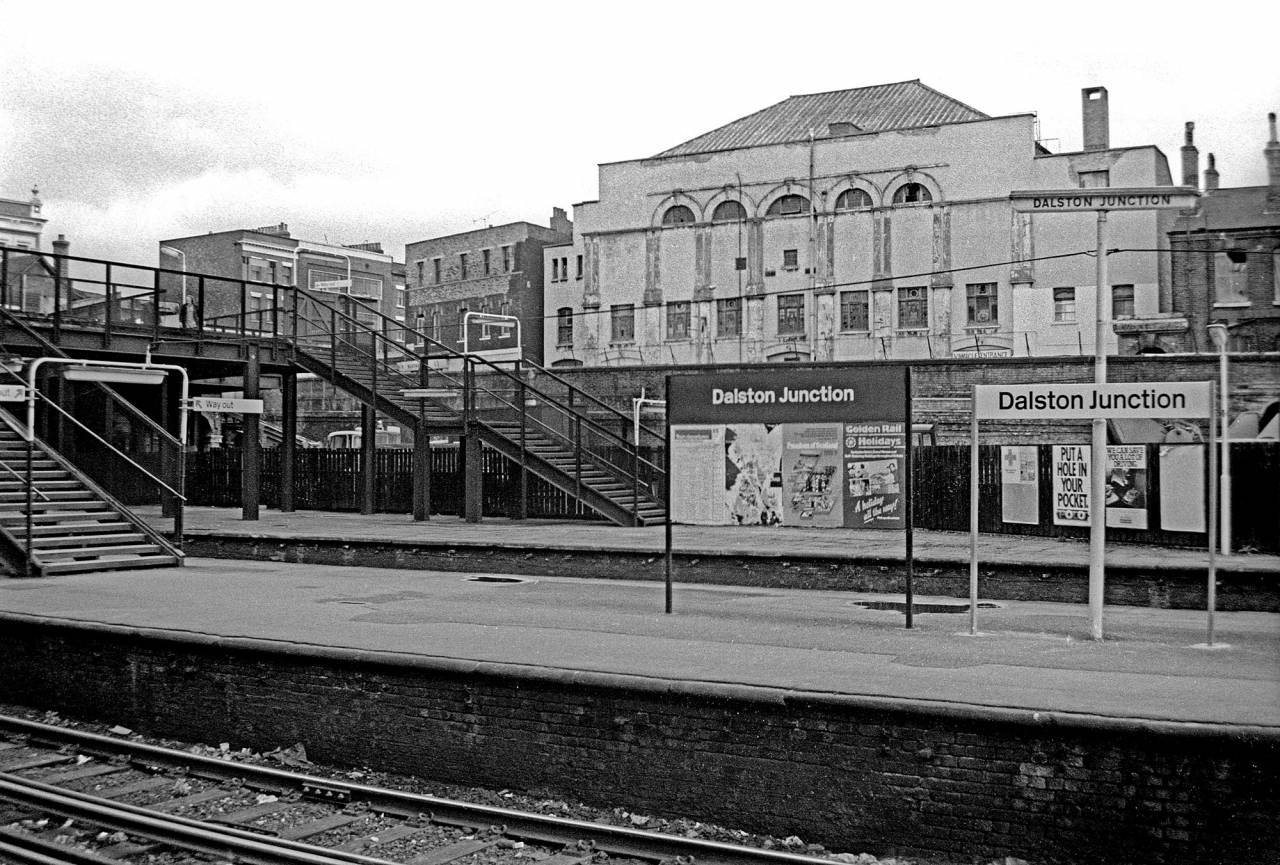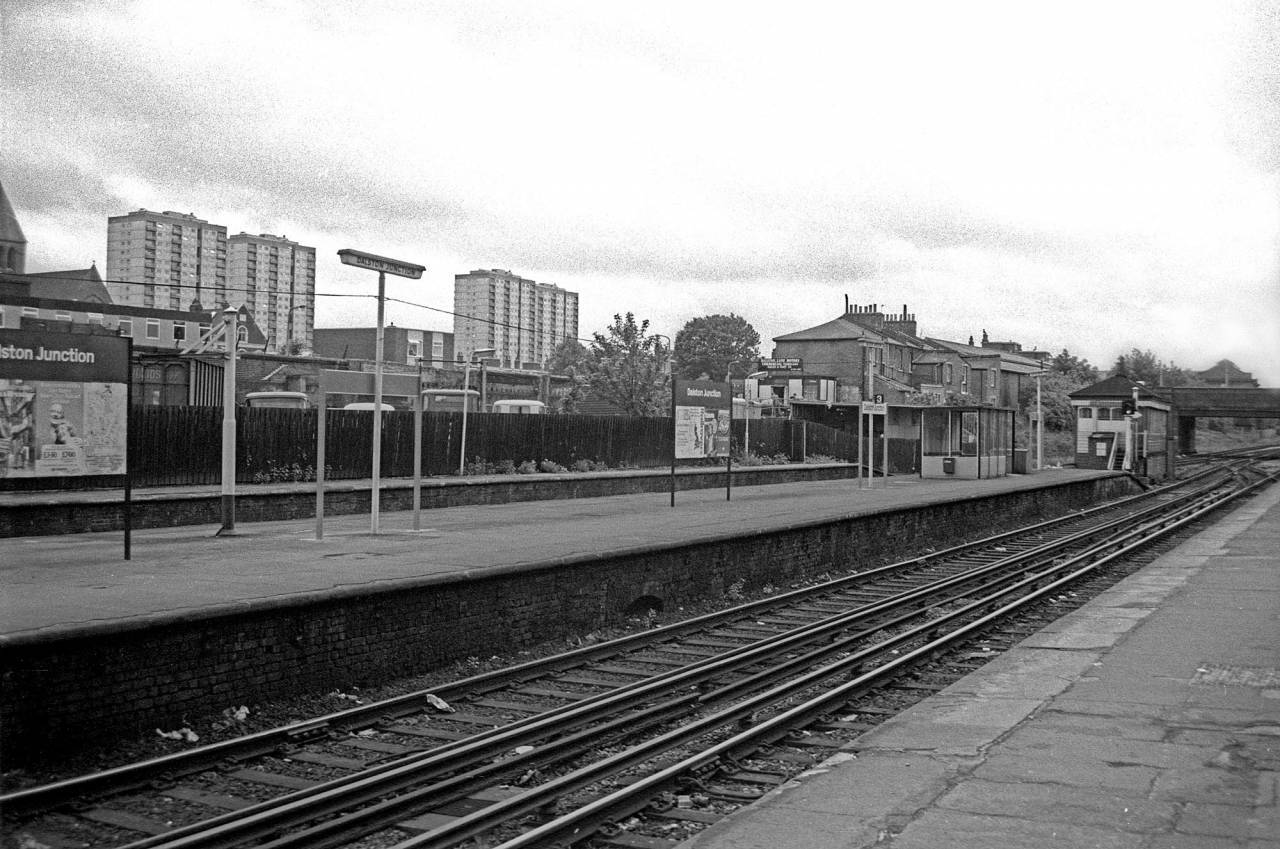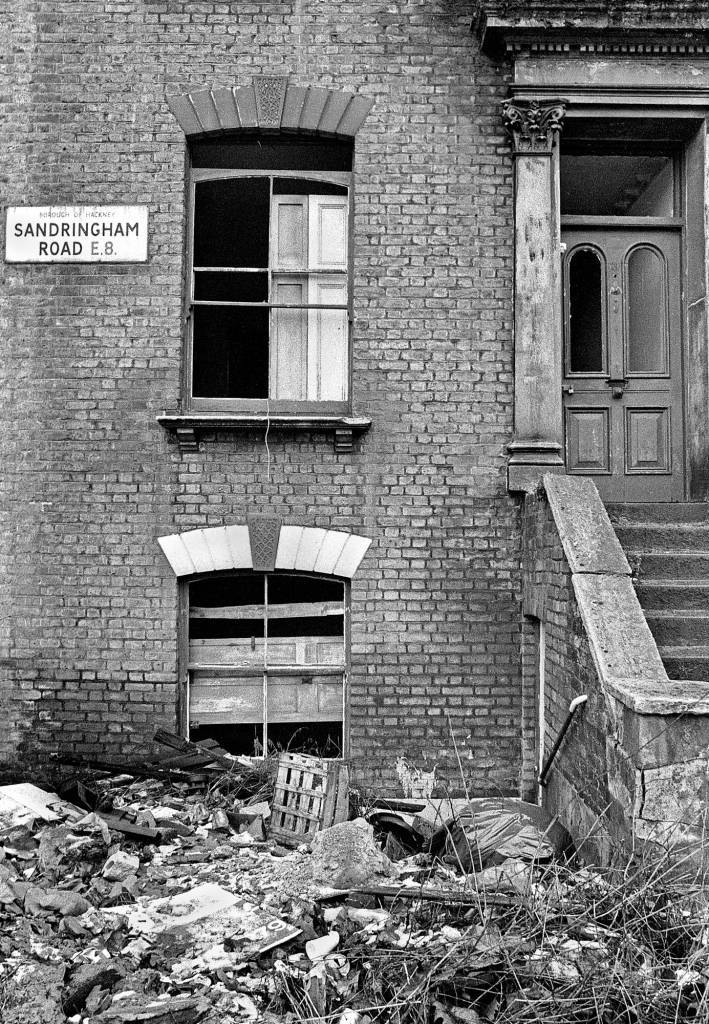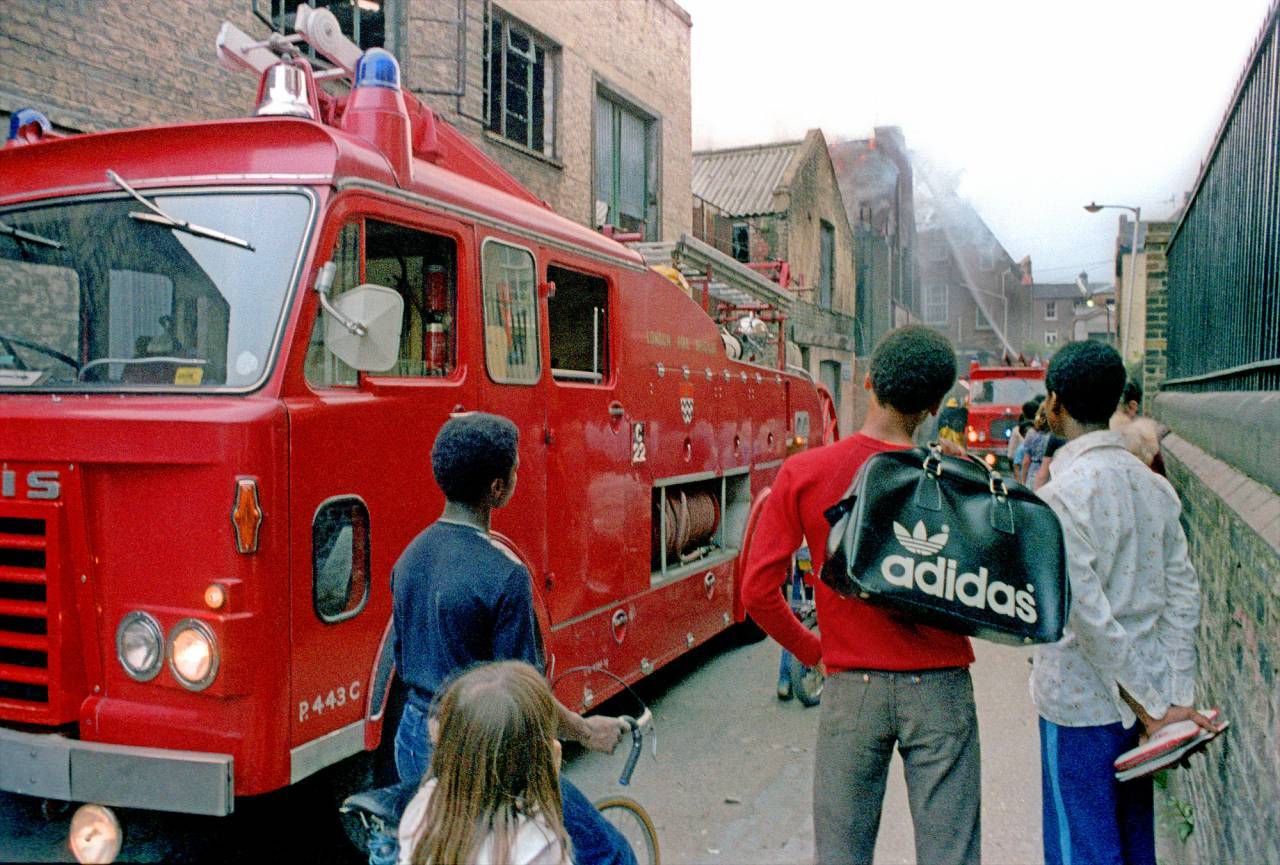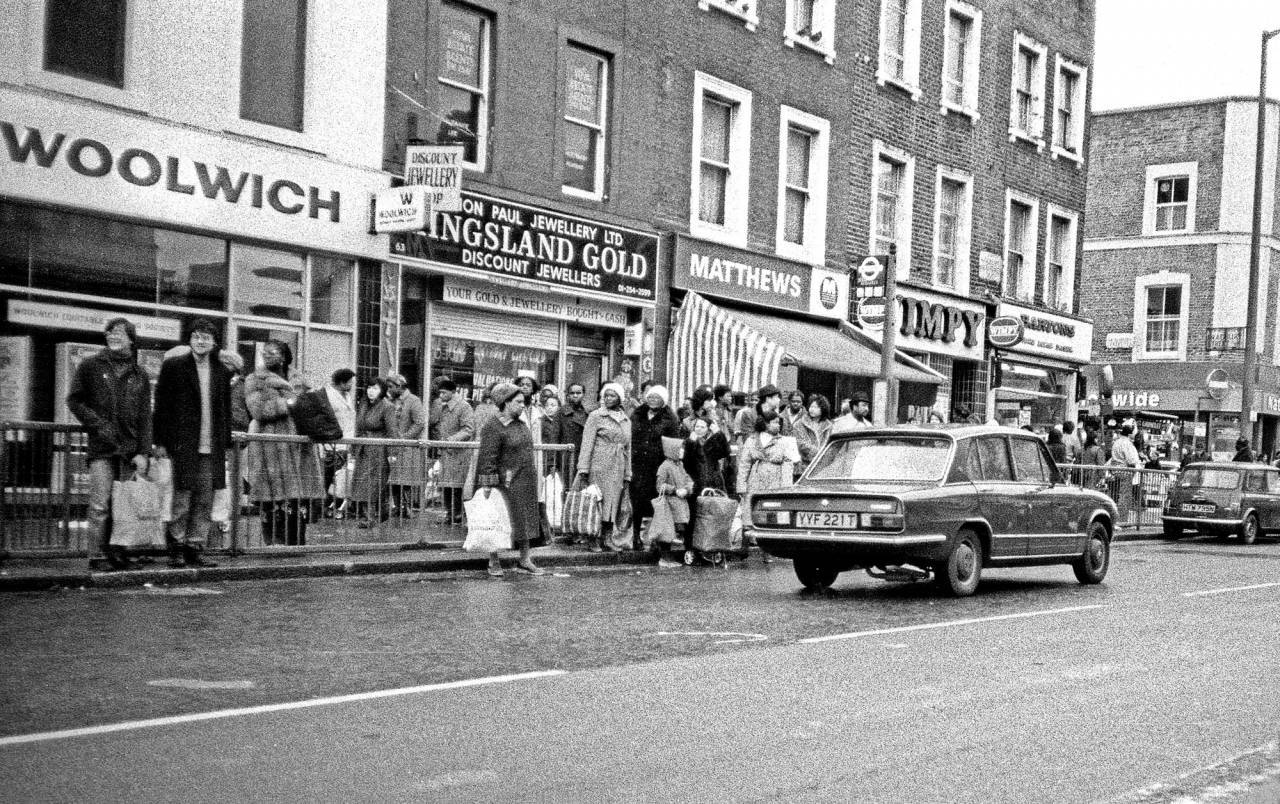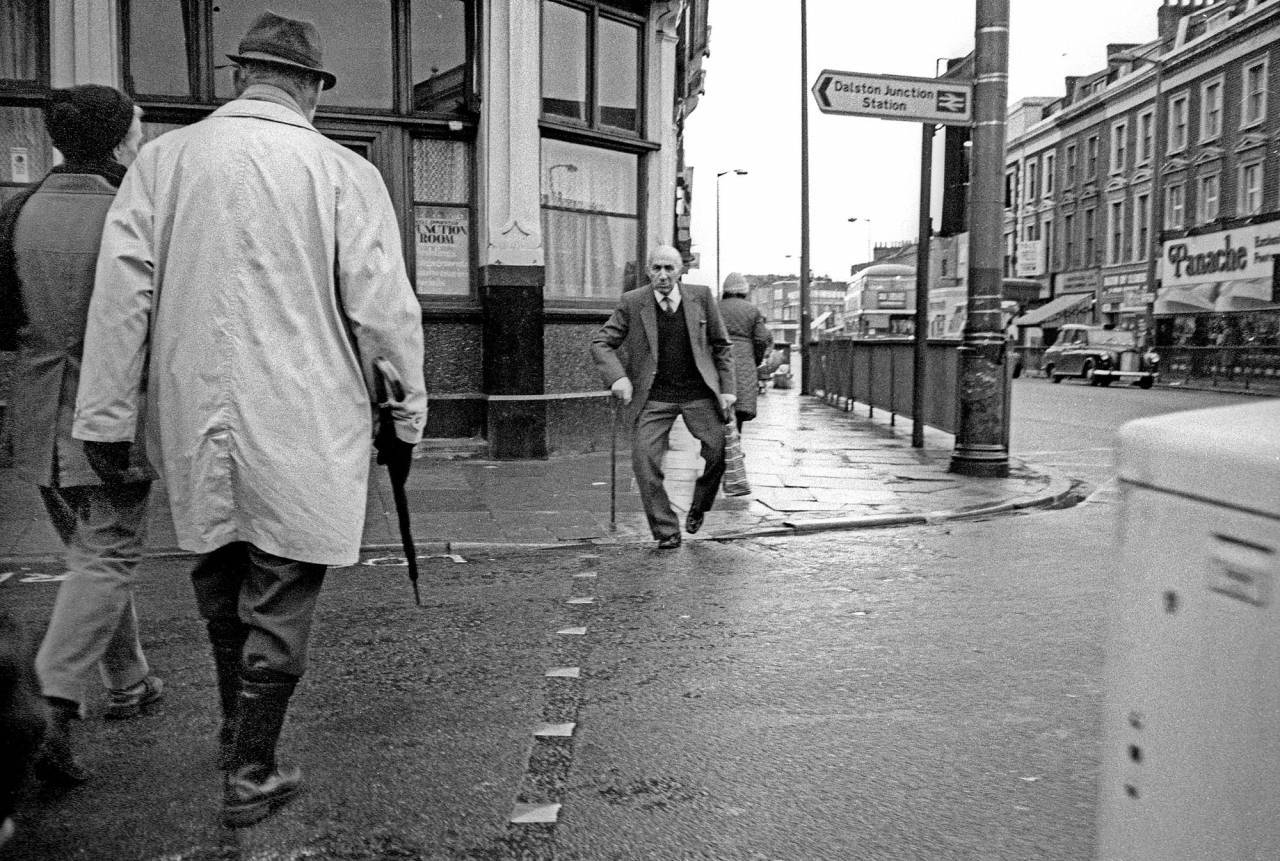In March 1972, a journalist called Geoffrey Wansell wrote in the Times about Dalston. The headline was The Fading Suburb with a Jaunty Air and Wansell placed the downtrodden London district as west of ‘now fashionable Canonbury’, east of Hackney and its marshes, and north of Hoxton Market, “known for more than a century as the thieves’ den of London”. He went on to describe the area as:
A once wealthier middle-class suburb, founded in the grounds of of a sixteenth-century mansion… Dalston is now neglected and faded, down at heel, but undeniably jaunty.
He continued:
[Dalston] could never be described as “trendy”, there are no pizza palaces or antique markets as there are in Chelsea: there are only a myriad of “do-it-yourself” emporia and cash-and-carry warehouses with “cheap as the factory prices”. The pavement car dealers clutter the fronts of many houses.
And, essentially, for the next two or three decades that’s how Dalston remained, except, perhaps, the local dealers sold fewer used-cars and more of something slightly more lucrative.
Photographer Alan Denney took these fascinating pictures between 1979-1984 and far more can be seen at his flickr site.
Dalston, at one time, was an important entertainment centre, with four or five cinemas within a radius of a ⅓ of a mile. The Dalston Theatre, a former hippodrome and music hall later became the Four Aces blues club and the Labrynth nightclub. The building was demolished in February 2007.
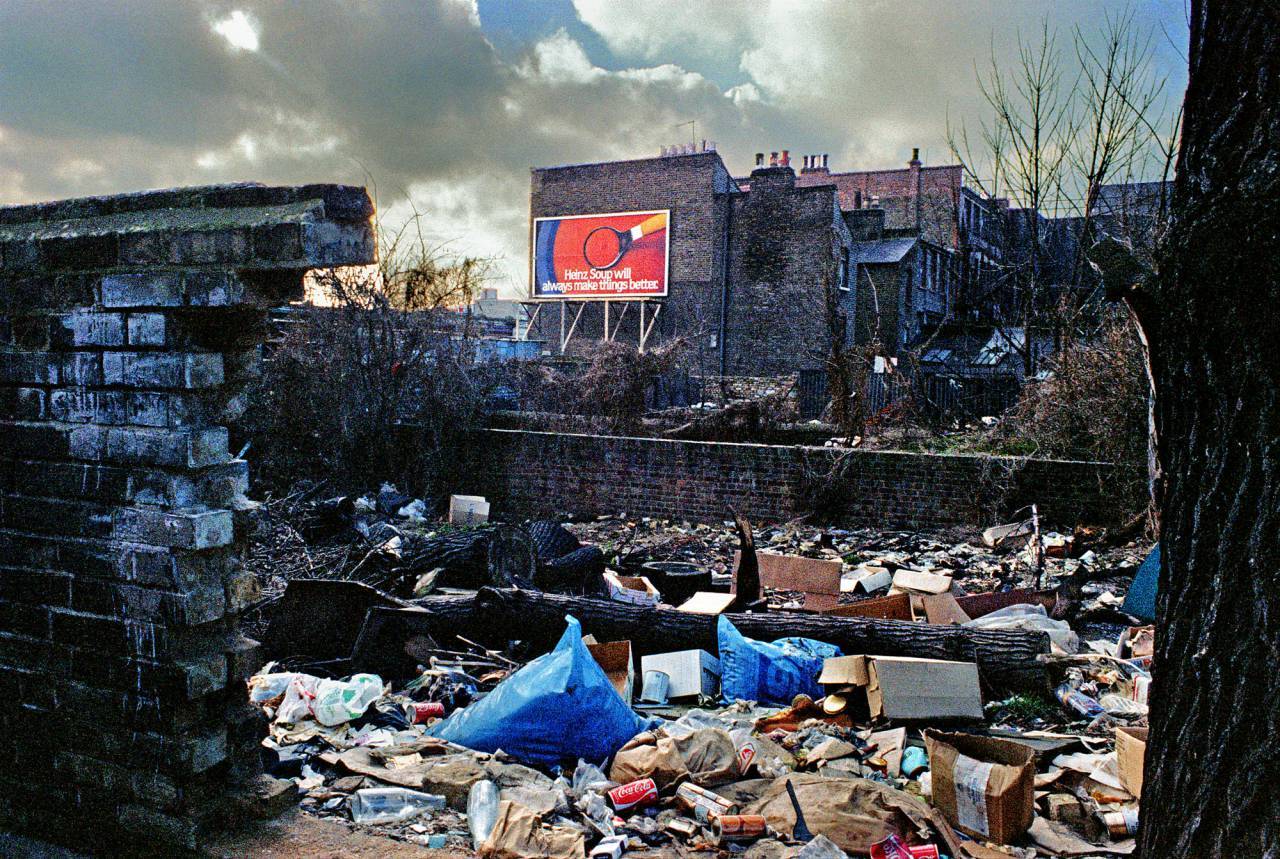
St Mark’s Rise in 1980. According to Stephen Fry’s autobiography, he and Hugh Laurie lived on St Mark’s Rise around this time in a four-floor Victorian Gothic-styled terrace house. It was Charlie Higson and Paul Whitehouse, who were living in Homerton at the time, who decorated the place. They later bought the house for £250,000. © Alan Denney
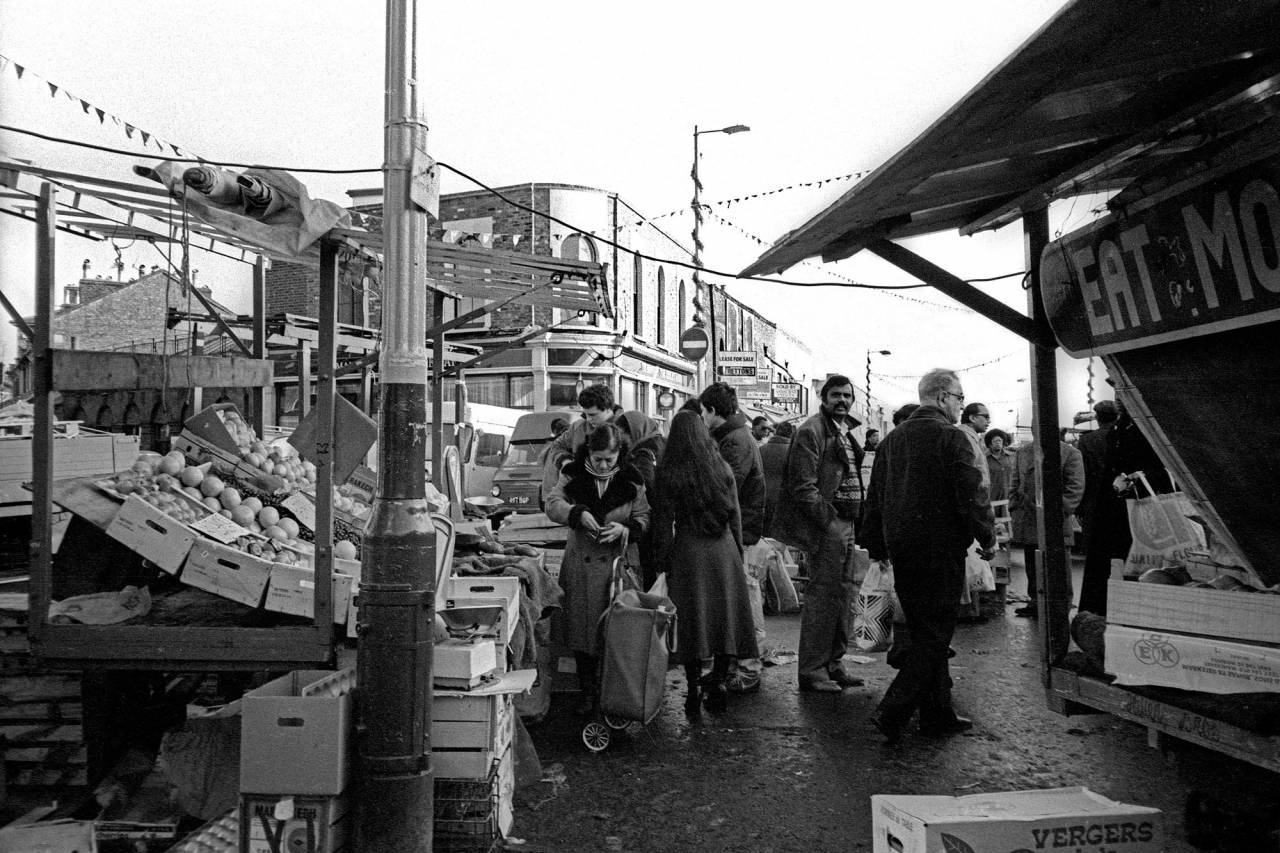
Ridley Road in 1982. It was Ridley Road market that was the inspiration for the market in Albert Square in East Enders. © Alan Denney
Everybody knew that drug dealing went on in Sandringham Road. It was common knowledge that police officers took money and drugs from dealers. They would pocket the money and supply the drugs to other dealers. The Line is riddled with what we call “informers”, people who work for the police. It was as if the only people who were safe were the dealers, because, one way or the other, they were useful to the police. Anybody who was in the police’s way would be arrested. Innocent people who just happened to be in the area were planted with drugs to make it look as if the police were doing their job.
Hugh Prince in Fighting the Lawmen, 1992.
Would you like to support Flashbak?
Please consider making a donation to our site. We don't want to rely on ads to bring you the best of visual culture. You can also support us by signing up to our Mailing List. And you can also follow us on Facebook, Instagram and Twitter. For great art and culture delivered to your door, visit our shop.
